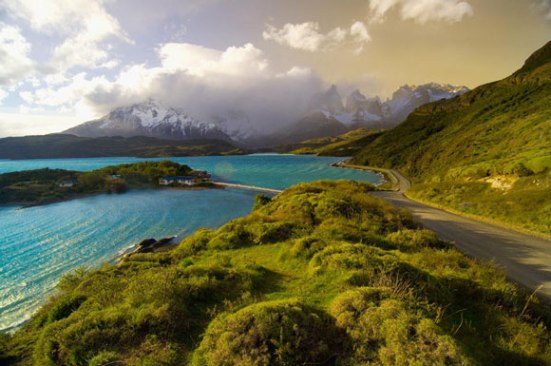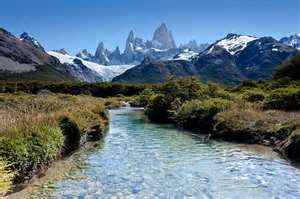In the extreme south of Chile is a natural attraction that was classified by National Geographic magazine as the fifth most beautiful place in the world: Torres del Paine, a small and imposing group of granite mountains, located in the National Park that leads the same name. This is the third protected area with the most visits throughout the Chilean territory and an attempt to describe the reasons for seeing it will always be insufficient.
The height of the Towers is not yet defined, although it is known that range between 2000 and 3000 meters. One of the most striking features is how the snow has molded the sides of the mountains in its path, leaving concave, flat, convex and rough forms. In addition, it’s spread around various ecosystems that coexist harmoniously in a territory of more than 200,000 hectare. So a visit to Torres del Paine must last at least three days, not counting the time you want to spend knowing the nearest cities that will serve you as a stopover: Puerto Natales or Punta Arenas. Continue reading “Tips for discovering the Torres del Paine”


